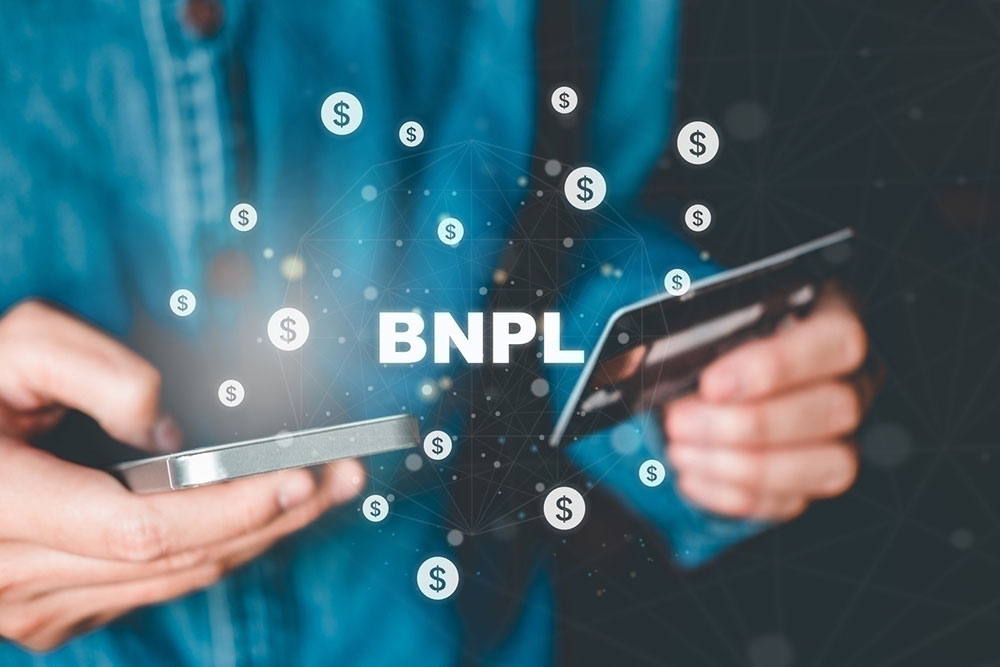
Top 5 buy now, pay later apps to check out right now
In recent years, buy now, pay later (BNPL) apps have become increasingly popular. These apps are convenient for users because they allow them to divide their purchases into equal, small payments. At times, with no interest and late fees. Users can find small and long-term financing options for various purchases. Some apps also feature loyalty programs that can be coupled with rewards, in-app purchases, and discounts to help save on purchases. Here are 5 apps one can check out:
Affirm
Available on both Apple and Android, Affirm is one of the most reliable BNPL apps for phones. Users can access various financing options covering a wide range of purchases. The app offers simple payment options for both small as well as big purchases. When buying via Affirm, users also get an idea about their monthly payable amount against the purchase. With its allowance for high-ticket items, Affirm is equivalent to loans that can be repaid within a set period. The platform integrates with numerous e-commerce platforms and usually has a no-late fee clause.
PayPal
PayPal is a popular payment gateway available globally. It has recently entered the short-term repayments market. The Pay in 4 by PayPal is a service available to the citizens of the country that distributes their purchases into 4 equal repayment amounts. However, it must be noted that the first repayment would be due at checkout. The other three payments would be equally distributed over six weeks, each due every two weeks. Pay in 4 is available as an option with most retailers that support the PayPal platform.
Sezzle
Sezzle was founded in 2016 and has grown to become one of the most frequented platforms for individuals looking for deferred payment loans. Sezzle, like Pay in 4, offers a repayment installment that involves 4 payments. The repayment plan starts at checkout, with each consecutive payment due at the two-week mark from the previous one. If individuals miss a payment, they are charged a $10 fine and a $5 fine if they reschedule any payments. The reschedule option is a feature that can sway people into using Sezzle over other BNPL apps. Additionally, users’ activity does not impact their credit score.
Afterpay
Afterpay is a BNPL app that offers pay-in-four and monthly payments options to its users. Like most other apps, Afterpay also needs users to make their first payment at checkout. It also offers interest-free loans for their pay-later buyers. However, for people who forget payments, Afterpay can be expensive since they charge late fees. The penalties can amount to up to 25% of the cost of the purchase. The application is user-friendly, and it integrates with their supported retailers. Alternatives to Afterpay include using their website or the Afterpay card.
Klarna
Klarna is another BNPL application individuals can easily access on their phones. It offers customers three different repayment options for their purchases. Short-term repayment options include a single payment in 30 days and 4-interest-free payments distributed over six weeks with payment due every two weeks. Moreover, a long-term repayment option is also available that can last from 6 to 36 months. However, customers should know that Klarna charges late fees along with interest on their long-term financing features.


